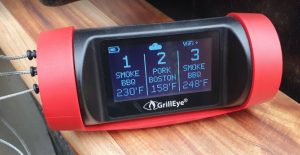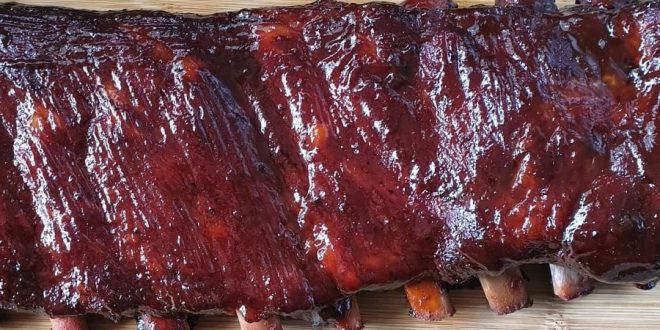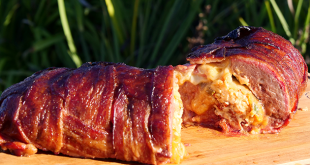Hi guys, Kial here with my next instalment of BBQ wisdom for you.
If you guys want to really get a handle on your BBQ and get on the road to becoming a full-fledged pit-master, try cooking your meat to specific internal temperatures so you understand when the meat is cooked to perfection. It also helps to ensure it is safe to eat and you dont make anyone sick!
Fortunately, I am here to help you with that and will provide you with a bit of a cheat sheet to help you get your head around things to start off with – have a look below.
| Cut of Meat | Smoker Temp | Finished Internal Temp | Rest Time |
| Brisket | 250-275°F | 195-205°F | 1.5 hours |
| Short Ribs | 250-285°F | 195-215°F | 30 mins |
| Beef Cheeks | 225-250°F | 195-210°F | 30 mins |
| Pork Butt (pulled) | 225-250°F | 200-205°F | 30 mins |
| Pork Ribs (St. Louis) | 225-250°F | 190-200°F | 10 mins |
| Baby Back Ribs | 225-250°F | 190-200°F | 10 mins |
| Lamb Ribs | 250-275°F | 145°F | 10 mins |
| Leg of Lamb | 250-275°F | 140-150°F | 30 mins |
| Lamb Shank | 225-250°F | 195-208°F | 10 mins |
| Rack of Lamb | 325-350°F | 135-145°F | 10 mins |
| Whole Chicken | 275-300°F | 165-175°F | 10 mins |
| Chicken Wings | 275-300°F | 165°F (190°F*) | 10 mins |
| Chicken Lollipops | 275-300°F | 175°F | 10 mins |
*Take chicken wings to 190 for pull off the bone bite.
This should be a great start for you all to get an idea of where things need to be with your BBQ temps.
While the internal temperatures will help you ensure that your meat is cooked safely, remember that we also go by feel with a lot of these cuts of meat. By that I want to refer back to my last blog where I spoke about “probing like butter” for cuts of meat like Brisket, Short Ribs or Pork Butt etc. – you want these cuts to feel soft and have little resistance when you probe into them with a skewer or your temp probe.
The most important piece of advice I can provide you here is that all of this is only a guide. Any BBQ pitmaster will tell you that there is no set cook time for any one cut of meat as each cut can be different down to the shape, thickness or diameter of meat you have.
Get yourself an instant food thermometer and/or an electronic multi-probe that will provide you with accurate smoker ambient temps and will help you monitor the internal temperatures of meat during your cook. I currently use a GrillEye Pro which has up to 8 slots for multiple probes which you can set to have a different cut of meat on each. It also has Bluetooth and WiFi pairing capability with an app on your phone so if you want, you can sit away from your grill and still keep an eye on things in real-time.

If there is a cut of meat that I haven’t covered above and you are keen to learn a little more about, let me know by flicking me a message!
Kial – Fupa’s Barbecue
Latest posts by Kial Muir (see all)
- The Perfect Steak - March 26, 2021
- BBQ Whole Snapper - February 19, 2021
- Pulled Pork (Boston Butt) - January 25, 2021
- Cooking and Internal Temperature Cheat Sheet - November 26, 2020
 THE EMPIRE
THE EMPIRE







